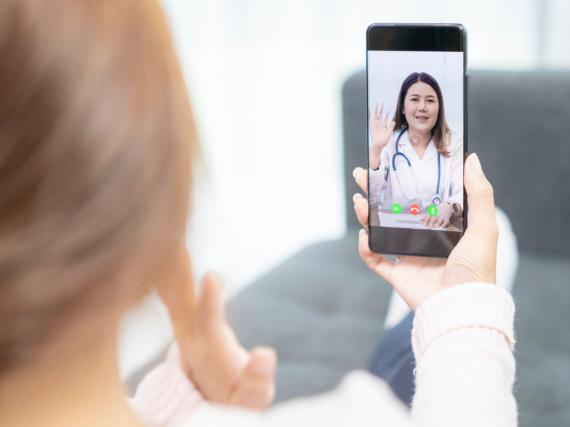POWER TO DECIDE LAUNCHES ONLINE TOOLS TO BETTER NAVIGATE CONTRACEPTIVE TELEHEALTH LANDSCAPE
(Washington, D.C.) — Power to Decide today launched a series of interactive online tools that summarize state-level telehealth policies that have the potential to expand access to contraception. The tools include information about policies for Medicaid and private payor insurance both pre-COVID and during the pandemic. The tools assist in answering the following questions: How is telehealth delivered? Who can provide it? And what services are provided?
“We are pleased to offer user-friendly tools to help policymakers, advocates and consumers better understand the state policy landscape for telehealth, which has evolved rapidly since the pandemic,” said Dr. Raegan McDonald-Mosley, CEO, Power to Decide. “Telehealth already offered a convenient way for people to get contraceptive care, and since the pandemic, it has offered a way to access contraception safely by avoiding unnecessary exposure to COVID.”
Some key findings reveal a significant increase in the number of states allowing telehealth to be delivered by phone during the pandemic for those using Medicaid. Prior to the pandemic, only two states covered telehealth by phone, while currently telehealth by phone is covered in 49 states and in the District of Columbia. In addition, during COVID, about 90% of states and D.C. require service parity (services that are covered when delivered in person must also be covered via telehealth) under Medicaid. Further, approximately three-quarters of states require service parity under private payor insurance. This increased from about two-thirds of states pre-COVID for both Medicaid and private payor. Currently, many of these additional policies are set to expire at the end of the federal public health emergency, which is scheduled to terminate at the end of 2021. Some states, however, are moving to make certain policy changes permanent.
“In an effort to reduce people’s exposure to COVID, states that expanded access and coverage for telehealth provided much-needed flexibility, particularly for people of lower-income who use Medicaid,” continued McDonald-Mosley. “We hope states appreciate the benefits of telehealth while also being mindful of disparities in telehealth knowledge, as well as technology access to ensure that everyone can benefit equitably.”
Telehealth has significant potential to increase access to health care, including birth control. However, it is not without possible barriers. Recent polling data from Power to Decide showed that of those with annual household incomes under $50,000, only 21% reported understanding telehealth, compared to 67% of those with annual household incomes over $50,000. This knowledge gap for people with lower incomes could greatly curtail their telehealth usage. For more information about the online tools and a glossary of terms, see here.
Power to Decide is a private, non-partisan, non-profit organization that works to ensure all people—no matter who they are, where they live or what their economic status might be—have the power to decide if, when and under what circumstances to get pregnant. Please visit us at www.PowerToDecide.org or follow us on Facebook and Twitter.


